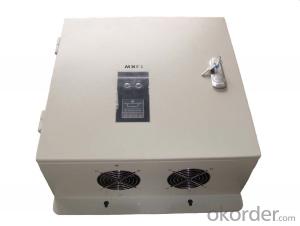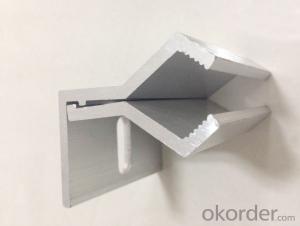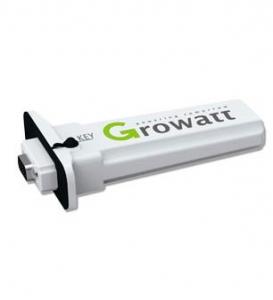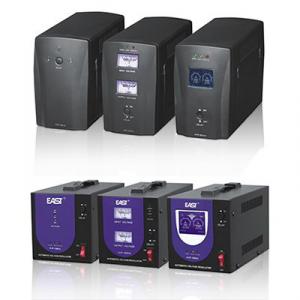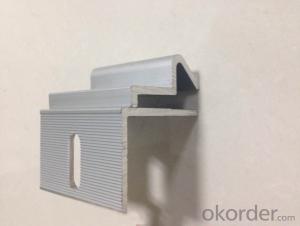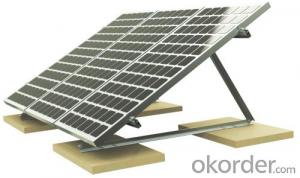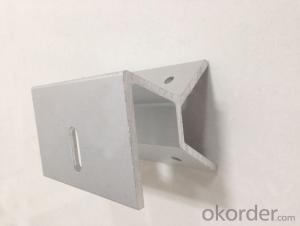Fimer Abb Solar Inverter
Fimer Abb Solar Inverter Related Searches
Abb Solar Inverter Fimer Fimer Solar Inverter Abb Solar Inverter Solar Abb Inverter Abb Solar Power Inverter Abb Hybrid Solar Inverter Abb Solar Panel Inverter Abb Solar Pump Inverter Abb Solar Water Pump Inverter Abb Solar Inverter Wifi Fimer Solar Inverter Price Solar Pump Inverter Abb Abb Solar Inverter Price Abb Uno Solar Inverter Abb Solar Inverter App Abb Solar Inverter 100kw Abb 3 Phase Solar Inverter Abb Solar Inverter Business Abb Trio Solar Inverter Abb Solar Inverter 5kw Abb 5kw Solar Inverter Abb 10kw Solar Inverter Aps Solar Inverter Alpha Solar Inverter Abb Solar Inverter Warranty Abb Solar Inverter Price List Aps Solar Micro Inverter Ac Inverter Solar Abb Solar Inverter Manual Tbb Solar InverterFimer Abb Solar Inverter Supplier & Manufacturer from China
Fimer ABB Solar Inverter is a high-quality product designed to optimize the performance of solar energy systems. These inverters play a crucial role in converting the direct current (DC) generated by solar panels into alternating current (AC), which can be used by homes and businesses. They are engineered to maximize energy yield and ensure reliable operation, making them an essential component in any solar power setup.The Fimer ABB Solar Inverter is widely used in various applications, including residential, commercial, and industrial solar installations. They are particularly beneficial in areas with high solar irradiance, where the efficiency of the inverter directly impacts the overall energy output. These inverters are also suitable for grid-tied systems, where the excess energy generated can be fed back into the power grid, and off-grid systems, where energy storage is necessary for uninterrupted power supply.
Okorder.com is a reputable wholesale supplier of Fimer ABB Solar Inverters, offering a vast inventory to cater to the needs of various customers. They are committed to providing top-notch products at competitive prices, ensuring that solar energy enthusiasts and professionals have access to reliable and efficient inverters. By partnering with Okorder.com, customers can be confident in the quality and performance of their Fimer ABB Solar Inverters, which are essential for harnessing the power of the sun and contributing to a sustainable energy future.
Hot Products


